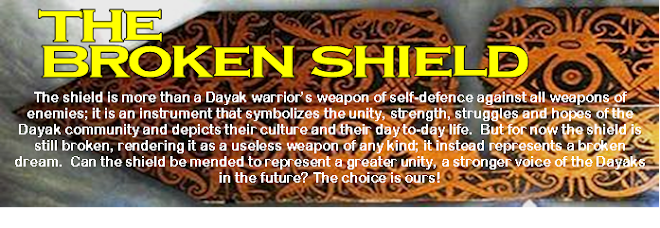According to Tajem, he was about to attend a Parliament meeting on 9 March 1987, when his secretary George Entigar called him, informing him that there was an urgent meeting at the Ming Court. Instead of going to Parliament, he went to the hotel where he saw so many Sarawakian politicians. Moggie and secretary-general Edmund Langgu were among them. He went to see Moggie, who explained to him what transpired at the hotel. Then he was advised to go to Rahman’s residence.
At Rahman’s house, Tajem met many more Sarawak State Assemblymen and politicians. Rahman told him that the majority of elected representatives from PBB, SUPP and SNAP and even one or two from PBDS had agreed to pass a vote of no confidence in the leadership of Taib Mahmud.
Tajem told Rahman that they could not and should not do it especially in Kuala Lumpur, as it was not proper, adding that the proper place to pass such a vote was in the Council Negeri. Rahman told Tajem that they did it to Stephen Kalong Ningkan 20 years ago, and there was no reason why this time it could not work. After all, the Federal leaders were behind them.
When Tajem left for the Ming Court, Rahman passed him RM30,000 wrapped up nicely. Tajem did not ask what the money was for and passed it to Paul Kadang.
Tajem again met with Moggie and Langgu and expressed his unhappiness with the way he was sidelined or kept in the dark on a matter of such importance. By this time, Moggie and Langgu were not only deeply involved in the plot, but had also signed a “no confidence” document. Initially Tajem was reluctant to sign the document until and when Moggie threatened to resign as president of PBDS, and only then did Tajem affix his signature.
“I have to sign the document in order to prevent PBDS from breaking up,” he told the writer. Moggie only admitted his big mistake in joining forces with Rahman 20 years later and all this while Tajem was blamed for being one of the “pioneers” of the Ming Court Affair. But Tajem being Tajem accepted the blame.
Tajem left the Ming Court and disappeared. He refused to let people know where he was and admitted to some of his friends that what Moggie and Langgu did was wrong. It was also wrong for them to gang up together with Rahman. Personally, Tajem tried to distance himself from Rahman partly because of a failed business deal worth few hundred thousand ringgits and partly because Tajem was unsure whether the quarrel between Rahman and Taib was real or not.
 (Pic) Mr Johnny (right) and Mr Joseph both proudly holding a book that they respectively authored - "The Broken Shield - The Birth of Dayakism" & "Gempung Jerita Tuai Bansa Iban".
(Pic) Mr Johnny (right) and Mr Joseph both proudly holding a book that they respectively authored - "The Broken Shield - The Birth of Dayakism" & "Gempung Jerita Tuai Bansa Iban"..jpg)

